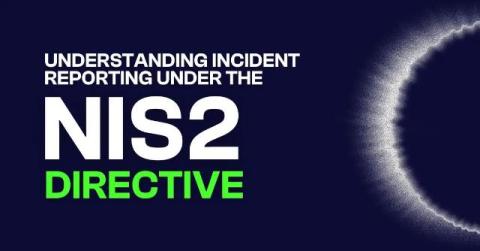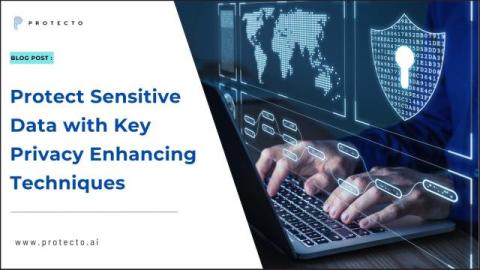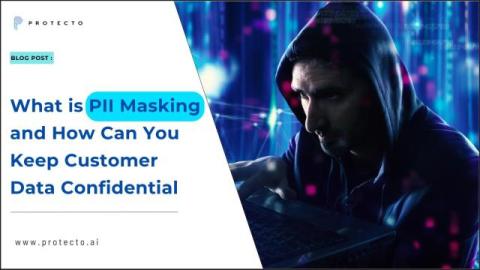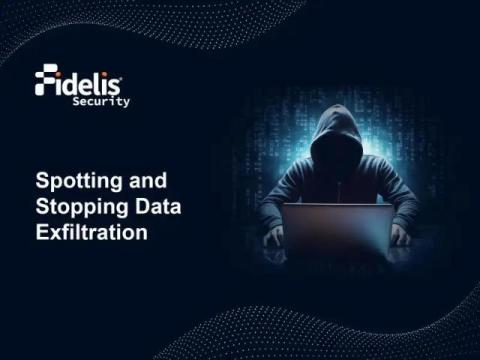Understanding Incident Reporting Under the NIS2 Directive: Key Insights for Managed Service Providers and Managed Security Service Providers
Incident reporting is a crucial component of maintaining cybersecurity and operational resilience across the European Union. As outlined in Article 23 of the NIS2 Directive entities falling under its scope are required to report “significant incidents” to the CSIRT (Computer Security Incident Response Team or the relevant competent authority without undue delay.











